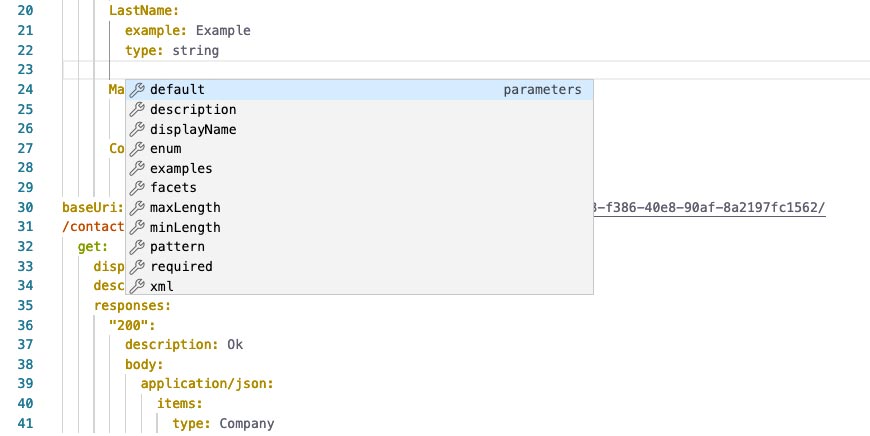

#Open swagger editor android#
We should be able to locate our function app. Compatible with IntelliJ IDEA (Ultimate, Community, Educational), Android Studio and 10 more. In the dialog box, click Select Azure Asset. Now, in any C# project in Visual Studio, we can right click in Solution Explorer and select Add -> REST API Client. In order for it to discover our Azure Function app, we have to set the app's API Metadata. Visual Studio automatically discovers API Apps in our Azure account. Visual Studio can do this automatically for C# applications. One last place where Swagger is useful is for generating clients for our API. The fields from the Salesforce order object are automatically available for us to use in our API call. In this example, we are triggering the Logic App when a Salesforce order is created. Select an operation and the UI automatically prompts us for the information needed to call it. When we enter the URL, we get a list of operations supported by our Azure Functions API (we may have to add a CORS origin for for this to work in the Logic Apps designer). In our Logic App, we can add a step called "HTTP + Swagger". But thanks to Swagger, that's not a problem. This means the API we created does not automatically work with Logic Apps.

Normally, for Logic Apps to integrate with Azure Functions, the function app must contain HTTP Webhook functions. Consuming Swagger from Logic AppsĪnother place that can take advantage of our Swagger metadata is Azure Logic Apps. If we expand an API operation, we can use the UI to test it right from the browser.

#Open swagger editor free#
But, since OpenAPI is a free and open specification its. Now Swagger UI is able to load our Swagger file. The official way to edit a Swagger/OpenAPI document is using the Swagger Editor available. In the function app's CORS settings, add Swagger UI's origin. We can open it and enter the URL to our Swagger file in the box up top to load Swagger for our API.īecause Swagger UI downloads the Swagger file from another domain using JavaScript, it won't work until we enable CORS. Swagger UI can be downloaded from GitHub. One use is Swagger UI, which generates API documentation from the metadata and provides an UI that allows us to interact with the API. Having the API return Swagger metadata enables a few things. Now if we hit the URL, it should return the contents of the Swagger file.

Combine ( GetEnvironmentVariable ( "HOME" ), ) private static string GetEnvironmentVariable ( string name ) => System. The screen show below shows the Swagger editor for our sample database API.Private static string GetScriptPath () => Path. You can also generate API clients for a wide range of programming languages Swift, Kotlin, Go, Android, CSharp, PHP, Java, Javascript, Typescript - just to mention a few. This opens a new window with your API documentation.įurthermore, if you click the Open link to the Swagger editor, you can view/edit the API specification. To generate a complete API documentation for the database, click the Open link. The screen shot below show how this looks for our sample database.


 0 kommentar(er)
0 kommentar(er)
